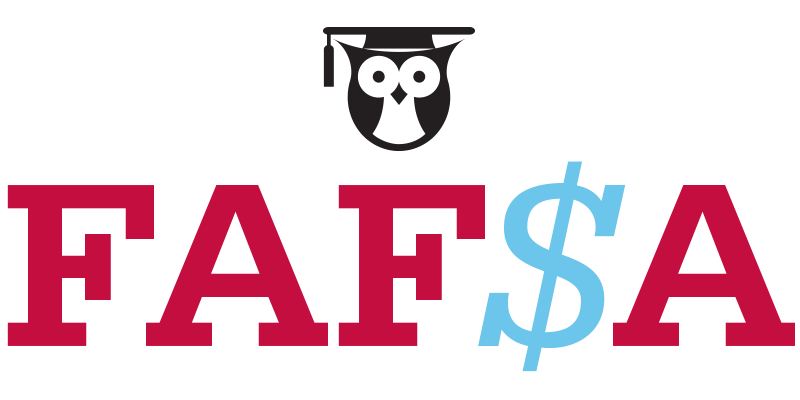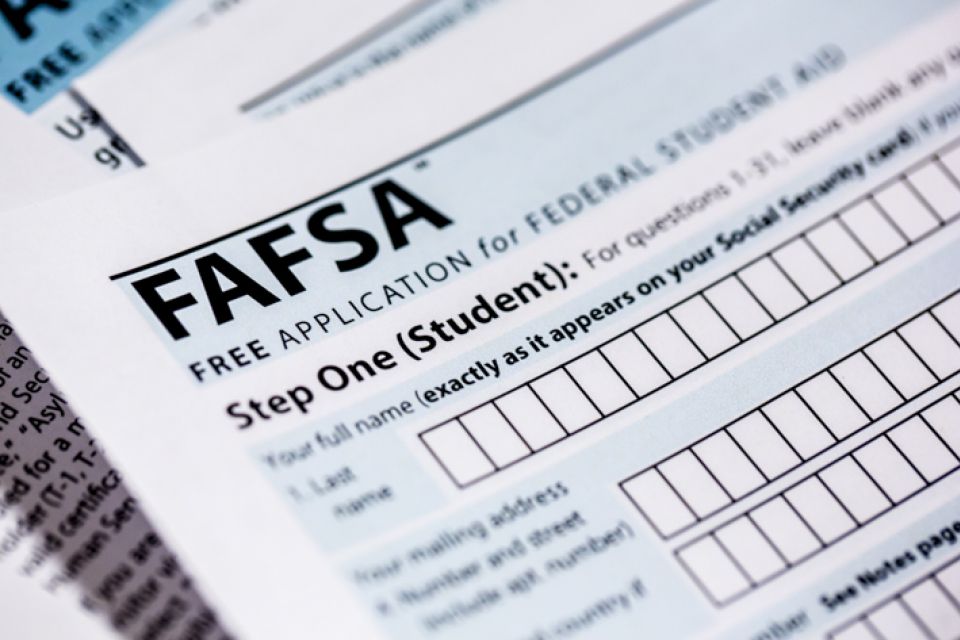All About the FAFSA:
Who, What, When, Where, and Why?
If you’re anything like I was as a high school senior, the only thing that intimidates you half as much as the cost of college tuition is the paperwork you’re expected to sort through for financial aid. Truthfully, anything that had to do with taxes, loans, or money in general sent me into a panic spiral. If you’re anything like I was, or if you just have a few questions about the Free Application for Federal Student Aid (or FAFSA), keep reading. After all, once you understand the process fully, you can stop breathing into a paper bag every time you think about college tuition.

Who Should Fill out the FAFSA?
If you are planning on going to college, or contemplating going to college, you should fill out the FAFSA. Seriously. Disregard your parent’s income, your grades, your age, your potential schools, or any other things that you think disqualify you, and send in the application. You might be missing out on financial aid if you don’t submit the FAFSA, and why would you want to do that?
Read more about FAFSA myths here.
And What Exactly is the FAFSA?
The FAFSA is the application administered by the Department of Education that a student (and their family) fills out to apply for federal grants, loans, and work-study funds. Basically, you answer a bunch of questions about your home life, your financial situation, your educational background, and so on. Then, you find out if you’re eligible for any financial aid! You can also list which colleges you want to be sent your FAFSA information.

When Should I Submit the FAFSA?
If you’re going to start college in the fall of 2017, you have until June 30th, 2017 to apply for federal aid. If you’re going to be attending college in the 2017-2018 school year, you can apply for federal aid from October 1st, 2016 to June 30th, 2018.
State deadlines vary. You can check state-specific deadlines here. Texas, for example, has a state deadline of March 15th, 2016 for the 2016-2017 school year.
Colleges also set their own deadlines, and they’re typically early in the year. Ask the schools you’re interested in about their specific deadlines.
Don’t cut it close – fill out the FAFSA as soon as you can. There are a few federal aid programs that have limited funds, and they are first come, first serve. Some colleges need to receive your FAFSA by their deadline, while other colleges need it to be processed by the deadline. Save yourself the unnecessary anxiety, and just do it ASAP.
Where Can I Receive Aid from the FAFSA?
Any current or prospective college student in the United States should submit the FAFSA. On that note, don’t assume you’re not eligible for financial aid if you’re not a citizen, because many non-citizens still qualify.
To be eligible for aid through FAFSA, you need to be qualified to obtain a college or career school education by having a high school diploma (or be on track for one), with plans to enroll as a regular student in an eligible degree or certificate problem. If you’re already in college and resubmitting your FAFSA, you need to have maintained satisfactory academic progress. You can find all the general eligibility requirements here.
Why Should I Submit the FAFSA?
Because college is expensive. You might not be eligible, you might only get a little bit of help, or you might get a lot of help, but regardless, why wouldn’t you try? If you’re really hesitant to fill out the entire form before knowing what you’ll get, check out the FASFA4caster on the official FAFSA website. There, you can get a better idea about what sort of student aid and savings you can potentially receive.





